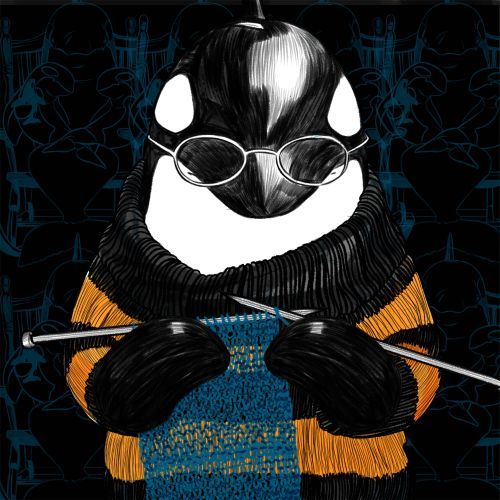Ocean voyages of masked bees and whales’ menopause
Solitary bees belonging to the Hylaeus species travelled 4,800 kilometres across the Pacific Ocean from French Polynesia to New Zealand and Australia. The question arises, how did they cover such a vast distance? These bees used the islands they encountered along the way, such as Fiji. As they moved from one island to another, they gradually evolved into distinct species. Researchers can only speculate that the insects were carried by Pacific storms or drifted in the ocean waters in nests built in pieces of wood.
Scientists from the University of Exeter recently made an interesting discovery. Female whales that undergo menopause live longer, which is a selfless act that enables them to care for their extended family and increase their survival rate. For some whale species, such as the single-toothed narwhal, the Arctic beluga, the short-finned pilot whale, the tremendous sable whale, and the oceanic killer whale, evolution has designed longer lifespans for females so that mothers and grandmothers can support the family long after their own reproductive years have ended. This unique phenomenon of menopause is not exclusive to humans but is also observed in some dolphins and the aforementioned marine mammals.
Have you ever wondered why cheetahs are so fast? Researchers from Imperial College London, Harvard University, the University of Queensland, and the University of the Sunshine Coast have the answer. According to them, “maximum running speed is limited both by how quickly an animal’s muscles contract and how much its muscles can shorten during contraction.” Cheetahs, weighing around 50 kg, are not too small, in which case the speed of muscle contraction limits the running speed, nor too large, in which case the running speed is limited by the degree of muscle contraction.























